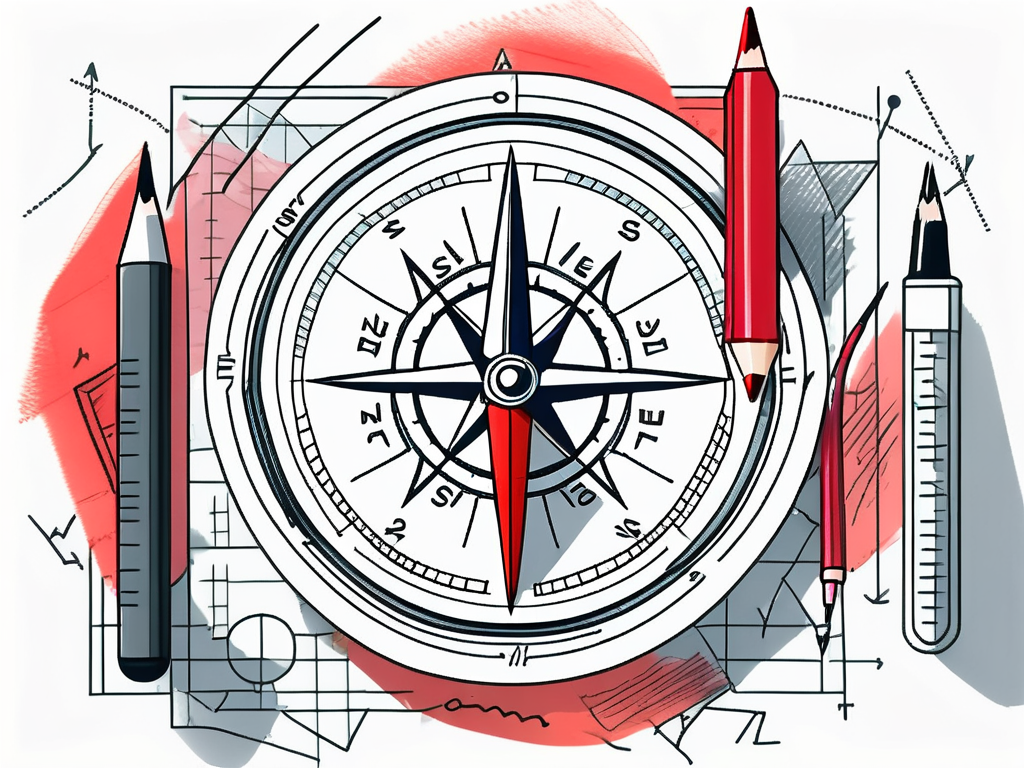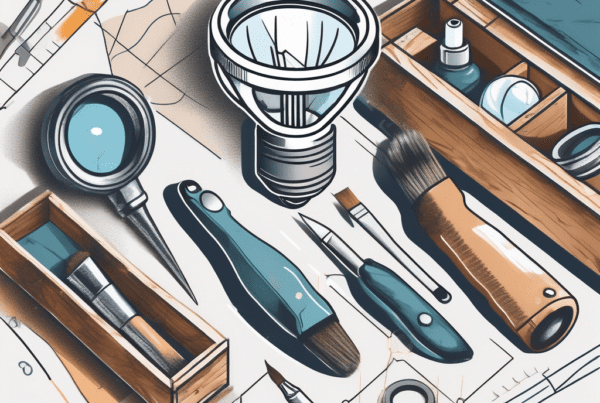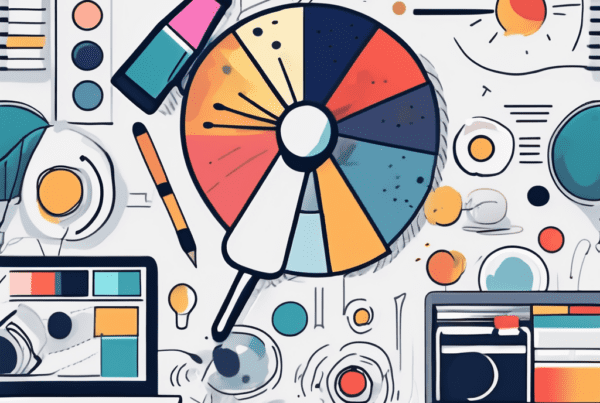
Ever thought about making your own Wikipedia page? It’s like crafting a digital monument of your achievements, a beacon for the world to see. But before you dive into the world of Wikipedia editing, let’s take a visual journey on how to make your page stand out, much like a masterpiece in an art gallery.
Understanding Wikipedia’s Canvas
Before you start painting your story on Wikipedia’s vast canvas, it’s crucial to understand what makes a Wikipedia page not just exist, but thrive. Wikipedia is not just a repository of information; it’s a living, breathing encyclopedia that demands accuracy, neutrality, and verifiability.
The Pillars of Wikipedia
Imagine Wikipedia as a grand building supported by pillars. These pillars are the core policies that every article, including yours, must adhere to. Notability, verifiability, and no original research are among these foundational principles. Your content must be noteworthy, backed by reliable sources, and free from personal bias or unverified research.
Understanding these principles is akin to knowing the rules of the road before you start driving. It ensures not only the integrity of your page but also its longevity on the platform.
Creating an Account
Every artist needs tools, and in the digital world of Wikipedia, your first tool is an account. Creating a Wikipedia account is straightforward, but it unlocks the door to editing capabilities. Think of it as receiving your brush and palette before starting your masterpiece.
With an account, you can start making edits on existing pages, which is highly recommended before creating your own page. It’s like practicing your strokes before starting on a new canvas.
Research: The Blueprint of Your Page
Every great piece of art starts with a blueprint, a plan. In the world of Wikipedia, this blueprint is your research. The more thorough your research, the more vivid and accurate your page will be.
Finding Reliable Sources
Imagine each source as a different color on your palette. The quality of these colors (sources) will determine the vibrancy of your painting (page). Sources should be reputable and independent, such as news articles, books, and academic journals that mention you or your work.
Collecting a variety of sources not only adds depth to your page but also meets Wikipedia’s verifiability requirement. It’s like having a diverse palette that allows you to paint a more detailed and colorful picture.
Notability: Is Your Story Gallery-Worthy?
Not every painting makes it to the gallery wall. Similarly, not every story qualifies for a Wikipedia page. Your subject (whether it’s you or something you’re associated with) must meet Wikipedia’s notability guidelines. This means there must be significant coverage by independent sources.
Assessing notability is like curating art for an exhibition. It’s not about the quantity but the quality and significance of the coverage you’ve received.
Organizing Your Research
Research can be a vast landscape, much like an artist’s studio filled with sketches and ideas. Organizing your research is crucial for a coherent and well-supported Wikipedia page. Consider creating an outline or a research document to keep track of your sources, key points, and potential sections for your page.
By structuring your research, you lay a solid foundation for your page, ensuring that every stroke of information contributes to the masterpiece you’re creating on Wikipedia.
Writing Your Wikipedia Page: The Art of Storytelling
Now comes the exciting part: painting your story onto Wikipedia’s canvas. But remember, this isn’t a self-portrait; it’s more like a documentary captured through art. Your writing must be neutral, factual, and free from promotional language.
Structure and Style
Every painting has a structure, from the background to the focal point. Similarly, your Wikipedia page should have a clear structure, including an introduction, headings, and subheadings that guide the reader through your story.
The style of writing should be encyclopedic. Think of it as narrating a documentary through text. Keep it formal, neutral, and focused on verifiable facts.
Adding Visuals
What’s a painting without visuals? If you have photographs or images that are relevant to your page and you own the rights to them, consider adding them. Visuals can enhance the reader’s experience, making your page not just informative but engaging.
Remember, images must comply with Wikipedia’s strict copyright policies. It’s like choosing the right frame for your painting; it must fit and adhere to the gallery’s rules.
Engaging the Reader
Writing for Wikipedia is not just about presenting information; it’s about engaging the reader. Consider the tone and language you use to make your page inviting and informative. Think of it as guiding a visitor through an art exhibition, pointing out the details and stories that make your work unique.
Engaging the reader creates a connection, turning your Wikipedia page from a mere article into a captivating narrative that leaves a lasting impression.
Navigating the Review Process
Once your masterpiece is complete, it’s time for the gallery opening, or in Wikipedia terms, the review process. Submitting your page for review is like inviting critics to your exhibition. It can be nerve-wracking, but it’s a crucial step.
Patience is Key
Just as art critics take their time to review each piece, Wikipedia’s editors will meticulously review your page. This process can take time, so patience is essential. It’s an opportunity for refinement and improvement, ensuring your page meets all of Wikipedia’s standards.
Receiving feedback or requests for edits is not a rejection but an invitation to perfect your work. Embrace it as constructive criticism, much like an artist would.
Responding to Feedback
Feedback is a valuable tool for growth and improvement. When reviewers provide suggestions or point out areas for enhancement, consider them thoughtfully. Addressing feedback shows your commitment to creating a high-quality Wikipedia page and can lead to a more polished final product.
Engage in a dialogue with reviewers, ask for clarification if needed, and be open to making revisions. Remember, the review process is a collaborative effort to ensure the accuracy and reliability of your page.
Conclusion: Your Digital Legacy
Creating your own Wikipedia page is like leaving a digital legacy. It’s a testament to your achievements, a story told through the lens of neutrality and verifiability. But remember, Wikipedia is a collaborative art gallery. Your contribution is part of a larger tapestry, woven together with the stories of millions around the world.
So, grab your tools, do your research, and start painting your story onto the digital canvas of Wikipedia. Who knows? Your page might just inspire the next great masterpiece.
As you contemplate the creation of your Wikipedia page and the legacy you wish to leave, consider the expertise of Real News PR. With our roots in Dallas, Texas, and branches extending to Fort Worth, Southlake, and Austin, we are uniquely positioned to amplify your narrative. Our blend of content creation, public relations, and media services, including video production, podcasting, and live streaming, ensures your story is told with the impact it deserves. At Real News PR, we don’t just share your story; we elevate it. Our background in news media and our full-service production capabilities allow us to craft content that resonates and positions you as a thought leader in your field. Unlock Your Story’s Potential Now and let us help you paint your digital masterpiece.




